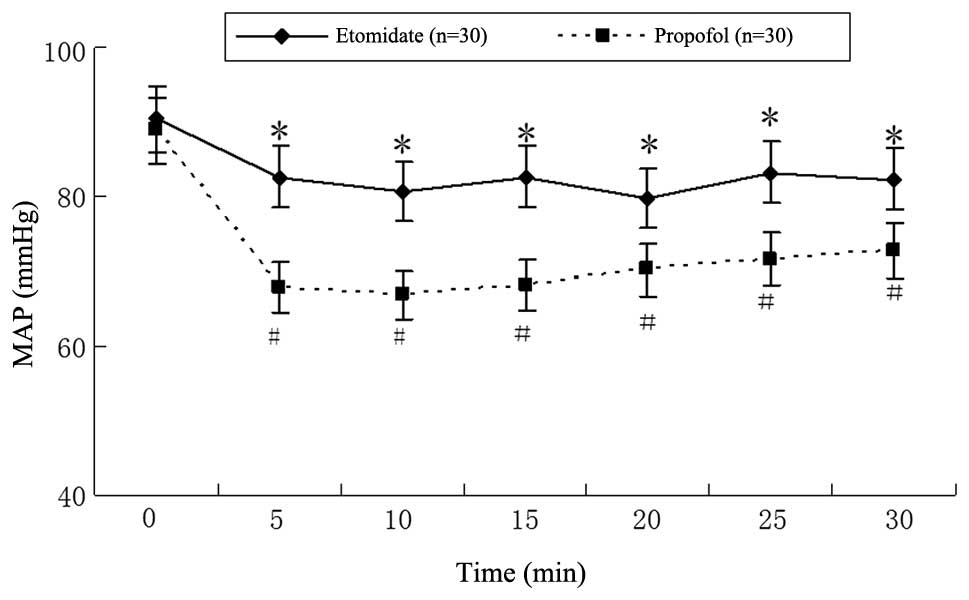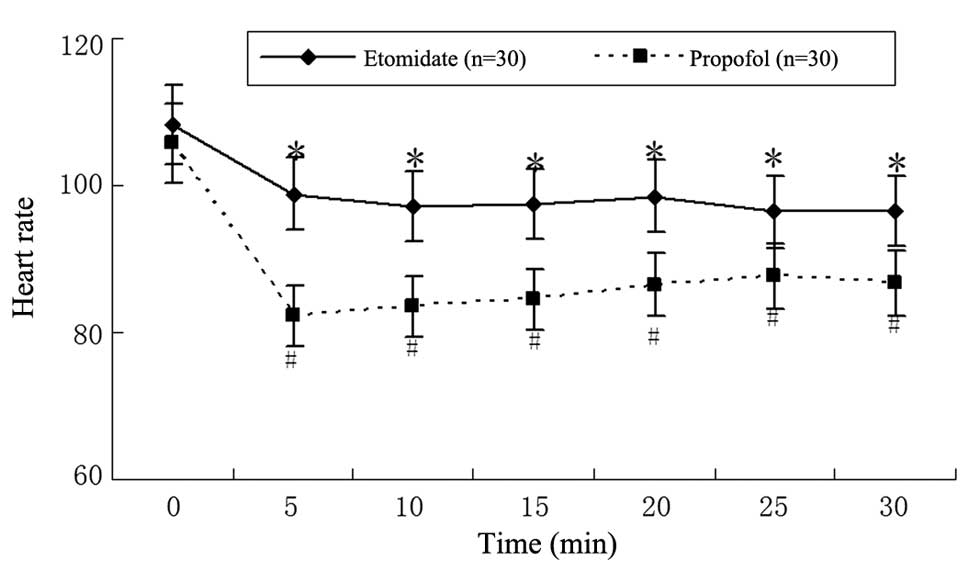|
1
|
Mefford HC, Batshaw ML and Hoffman EP:
Genomics, intellectual disability, and autism. N Engl J Med.
366:733–743. 2012. View Article : Google Scholar : PubMed/NCBI
|
|
2
|
Dantzer R and Kelley KW: Autistic
children: a neuroimmune perspective. Brain Behav Immun. 22:804–805.
2008. View Article : Google Scholar : PubMed/NCBI
|
|
3
|
Hughes JR: Update on autism: a review of
1300 reports published in 2008. Epilepsy Behav. 16:569–589. 2009.
View Article : Google Scholar : PubMed/NCBI
|
|
4
|
Dove D, Warren Z, McPheeters ML, Taylor
JL, Sathe NA and Veenstra-VanderWeele J: Medications for
adolescents and young adults with autism spectrum disorders: a
systematic review. Pediatrics. 130:717–726. 2012. View Article : Google Scholar : PubMed/NCBI
|
|
5
|
Ichim TE, Solano F, Glenn E, et al: Stem
cell therapy for autism. J Transl Med. 5:302007. View Article : Google Scholar : PubMed/NCBI
|
|
6
|
Nathan N and Odin I: Induction of
anaesthesia: a guide to drug choice. Drugs. 67:701–723. 2007.
View Article : Google Scholar : PubMed/NCBI
|
|
7
|
Forman SA: Clinical and molecular
pharmacology of etomidate. Anesthesiology. 114:695–707. 2011.
View Article : Google Scholar : PubMed/NCBI
|
|
8
|
Pandit JJ: Intravenous anaesthetic agents.
Anaesth Intens Care Med. 12:144–150. 2011. View Article : Google Scholar
|
|
9
|
Toklu S, Iyilikci L, Gonen C, et al:
Comparison of etomidate-remifentanil and propofol-remifentanil
sedation in patients scheduled for colonoscopy. Eur J Anaesthesiol.
26:370–376. 2009. View Article : Google Scholar : PubMed/NCBI
|
|
10
|
Vinson DR and Bradbury DR: Etomidate for
procedural sedation in emergency medicine. Ann Emerg Med.
39:592–598. 2002. View Article : Google Scholar : PubMed/NCBI
|
|
11
|
Xu ZY, Wang X, Si YY, et al: Intravenous
remifentanil and propofol for gastroscopy. J Clin Anesth.
20:352–355. 2008. View Article : Google Scholar : PubMed/NCBI
|
|
12
|
Ryu JH, Kim JH, Park KS and Do SH:
Remifentanil-propofol versus fentanyl-propofol for monitored
anesthesia care during hysteroscopy. J Clin Anesth. 20:328–332.
2008. View Article : Google Scholar : PubMed/NCBI
|
|
13
|
Sams L, Braun C, Allman D and Hofmeister
E: A comparison of the effects of propofol and etomidate on the
induction of anesthesia and on cardiopulmonary parameters in dogs.
Vet Anaesth Analg. 35:488–494. 2008. View Article : Google Scholar : PubMed/NCBI
|
|
14
|
Adesanya AO, Rosero E, Wyrick C, Wall MH
and Joshi GP: Assessing the predictive value of the bispectral
index vs patient state index on clinical assessment of sedation in
postoperative cardiac surgery patients. J Crit Care. 24:322–328.
2009. View Article : Google Scholar : PubMed/NCBI
|
|
15
|
Seid M, Sherman M and Seid AB:
Perioperative psychosocial interventions for autistic children
undergoing ENT surgery. Int J Pediatr Otorhinolaryngol. 40:107–113.
1997. View Article : Google Scholar : PubMed/NCBI
|
|
16
|
Ho WM, Yen CM, Lan CH, et al: Comparison
between the recovery time of alfentanil and fentanyl in balanced
propofol sedation for gastrointestinal and colonoscopy: a
prospective, randomized study. BMC Gastroenterol. 12:1642012.
View Article : Google Scholar : PubMed/NCBI
|
|
17
|
Miner JR, Danahy M, Moch A and Biros M:
Randomized clinical trial of etomidate versus propofol for
procedural sedation in the emergency department. Ann Emerg Med.
49:15–22. 2007. View Article : Google Scholar
|
|
18
|
Sokolove PE, Price DD and Okada P: The
safety of etomidate for emergency rapid sequence intubation of
pediatric patients. Pediatr Emerg Care. 16:18–21. 2000. View Article : Google Scholar : PubMed/NCBI
|
|
19
|
Bendel S, Ruokonen E, Pölönen P and Uusaro
A: Propofol causes more hypotension than etomidate in patients with
severe aortic stenosis: a double-blind, randomized study comparing
propofol and etomidate. Acta Anaesthesiol Scand. 51:284–289. 2007.
View Article : Google Scholar : PubMed/NCBI
|
|
20
|
Sellgren J, Ejnell H, Elam M, Pontén J and
Wallin BG: Sympathetic muscle nerve activity, peripheral blood
flows, and baroreceptor reflexes in humans during propofol
anesthesia and surgery. Anesthesiology. 80:534–544. 1994.
View Article : Google Scholar : PubMed/NCBI
|
|
21
|
Schaeuble J, Heidegger T, Gerig HJ, Ulrich
B and Schnider TW: Comparison of etomidate and propofol for
fibreoptic intubation as part of an airway management algorithm: a
prospective, randomized, double-blind study. Eur J Anaesthesiol.
22:762–767. 2005. View Article : Google Scholar : PubMed/NCBI
|
|
22
|
Falk J and Zed PJ: Etomidate for
procedural sedation in the emergency department. Ann Pharmacother.
38:1272–1277. 2004. View Article : Google Scholar : PubMed/NCBI
|
|
23
|
Hildreth AN, Mejia VA, Maxwell RA, Smith
PW, Dart BW and Barker DE: Adrenal suppression following a single
dose of etomidate for rapid sequence induction: a prospective
randomized study. J Trauma. 65:573–579. 2008. View Article : Google Scholar : PubMed/NCBI
|
|
24
|
Albert SG, Ariyan S and Rather A: The
effect of etomidate on adrenal function in critical illness: a
systematic review. Intensive Care Med. 37:901–910. 2011. View Article : Google Scholar : PubMed/NCBI
|
|
25
|
Dörr H, Kuhnle U, Holthausen H,
Bidlingmaier F and Knorr D: Etomidate: a selective adrenocortical
11 beta-hydroxylase inhibitor. Klin Wochenschr. 62:1011–1013. 1984.
View Article : Google Scholar : PubMed/NCBI
|
|
26
|
Henzi I, Walder B and Tramér MR:
Dexamethasone for the prevention of postoperative nausea and
vomiting: a quantitative systematic review. Anesth Analg.
90:186–194. 2000. View Article : Google Scholar : PubMed/NCBI
|
















